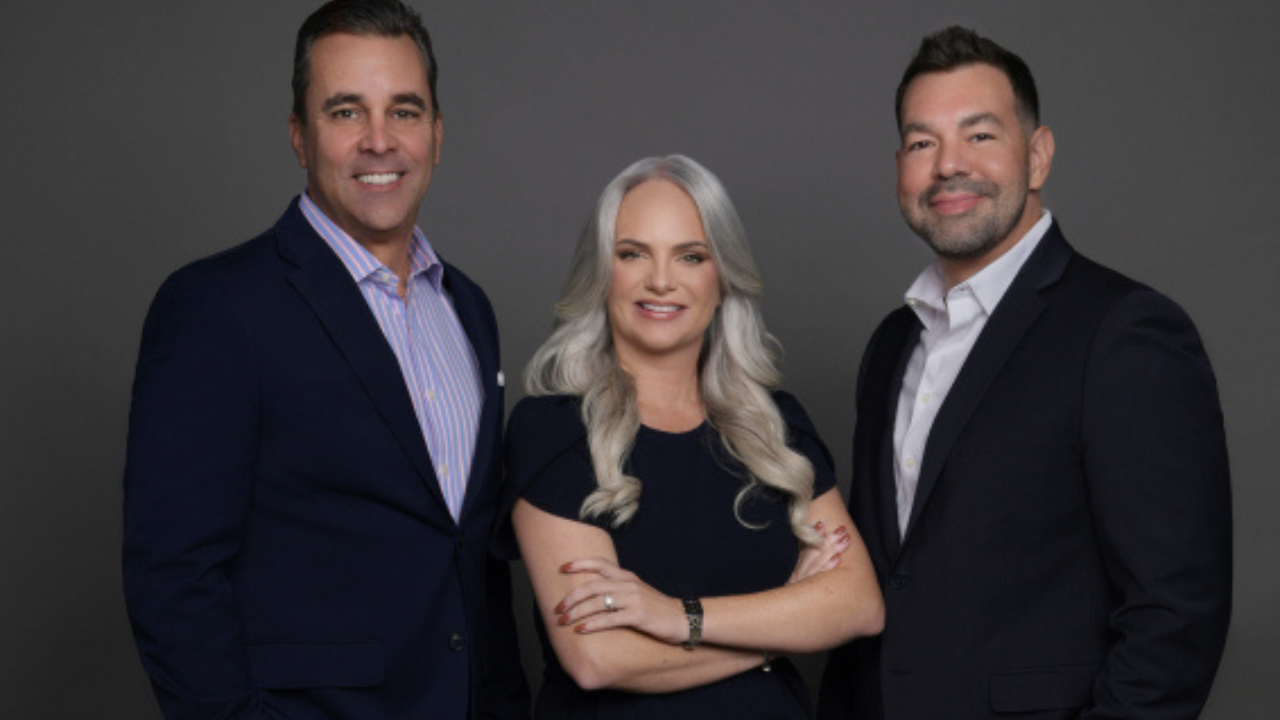Tired of just giving money to the IRS? Get some back with these three programs. The best part? They’re based on things that’ll save you money, and even help you grow your wealth.
By Jason Hall
Taxes and death are certainties, according to Ben Franklin. But did you know the IRS will sometimes pay you to save money? Yes, you’ll have to spend some money to enjoy those tax savings, but taking advantage of a handful of special tax credits can not only reduce your expenses today, but also help you set aside money for the future.
Here’s a closer look at three ways the IRS will pay you to save.
1. Get paid to save for retirement
A common refrain for many people when it comes to retirement savings is “I can’t afford to save.” However, the Saver’s Credit tax credit is a program where the government will actually payyou to save money for retirement.
The program is specifically targeted at low- and middle-income earners, and will offset as much as half of the first $2,000 that eligible individuals ($4,000 for married joint filers) contribute to an IRA, 401(k), or similar workplace retirement plan each year.
There are income limits, and the more you earn the smaller a percentage your credit will be:
| 2016 Saver’s Credit | |||
|---|---|---|---|
| Credit Rate | Married Filing Jointly | Head of Household | All Other Filers* |
| 50% of your contribution | AGI not more than $37,000 | AGI not more than $27,750 | AGI not more than $18,500 |
| 20% of your contribution | $37,001-$40,000 | $27,751-$30,000 | $18,501-$20,000 |
| 10% of your contribution | $40,001-$61,500 | $30,001-$46,125 | $20,001-$30,750 |
| 0% of your contribution | more than $61,500 | more than $46,125 | more than $30,750 |
Source: Internal Revenue Service.
But the bottom line is this: If you qualify for the Saver’s Credit at all, be sure to take advantage of it. It’s not very often the government will pay you to save.
2. More credits for investing
If you invest in mutual funds or real estate investment trusts — or REITs — there’s a chance that each year the fund or REIT reports capital gains, and allocates distributions to you, even though you may not get a check in the mail. At the end of the day, you still own the equity through your investment in the trust or fund. And because of that, you’re still required to include those undistributed capital gains as income.
At the same time, there’s a good chance the trust or fund paid tax on those undistributed capital gains, and if that’s the case, you’ll be able to claim a credit for the tax paid by the fund or trust on your share of the undistributed gains.
Furthermore, you’ll also need to remember to increase the cost basis of your shares by the difference between the undistributed capital gains you report, and the amount of tax reported to you as paid. This will be important when you sell your shares, because it will prevent you from paying taxes twice on a portion of your gains.
Bottom line: This should not only keep tax from being paid multiple times on the same capital gains, but the credit for tax paid by the fund or trust should also make it more desirable to hold those assets for the long-term.
3. Get paid to lower your energy bills
Another way to save money is to make energy-efficiency improvements to your home in order to lower your energy bills. There are two different programs offered by the IRS that can pay you to invest in energy efficiency.
The first is the Nonbusiness Energy Property Credit, which can be worth a 10% credit of the cost of qualified energy-efficient improvements, including insulation, external doors and windows, and other things. The credit is set to expire in 2016, and has a max lifetime limit of $500.
Many people are also taking advantage of alternative and renewable energy to save money, including solar hot water and electricity systems, wind turbines, and even fuel cell systems. If you are looking at investing in one of these money-saving alternative energy systems, the Residential Energy Efficient Property Credit could be worth 30% of the cost you pay for one of these systems. Considering that a solar electricity system can cost well over $10,000, a 30% tax credit could be big bucks on these systems, and could be the difference in saving money or paying more.
A secret billion-dollar stock opportunity
The world’s biggest tech company forgot to show you something, but a few Wall Street analysts and the Fool didn’t miss a beat: There’s a small company that’s powering their brand-new gadgets and the coming revolution in technology. And we think its stock price has nearly unlimited room to run for early-in-the-know investors! To be one of them, just click here.
Try any of our Foolish newsletter services free for 30 days. We Fools may not all hold the same opinions, but we all believe that considering a diverse range of insights makes us better investors. The Motley Fool has a disclosure policy.














